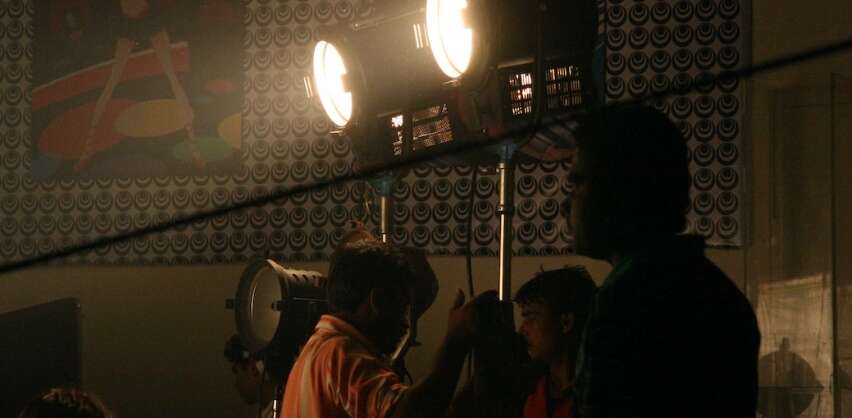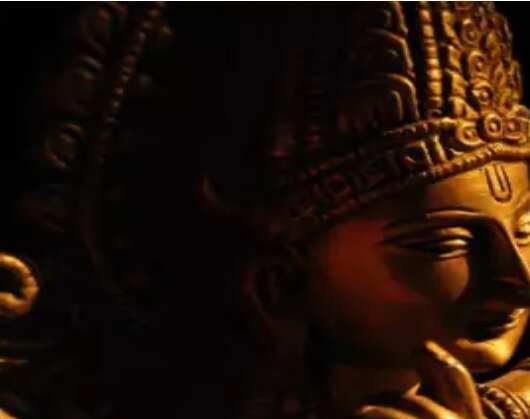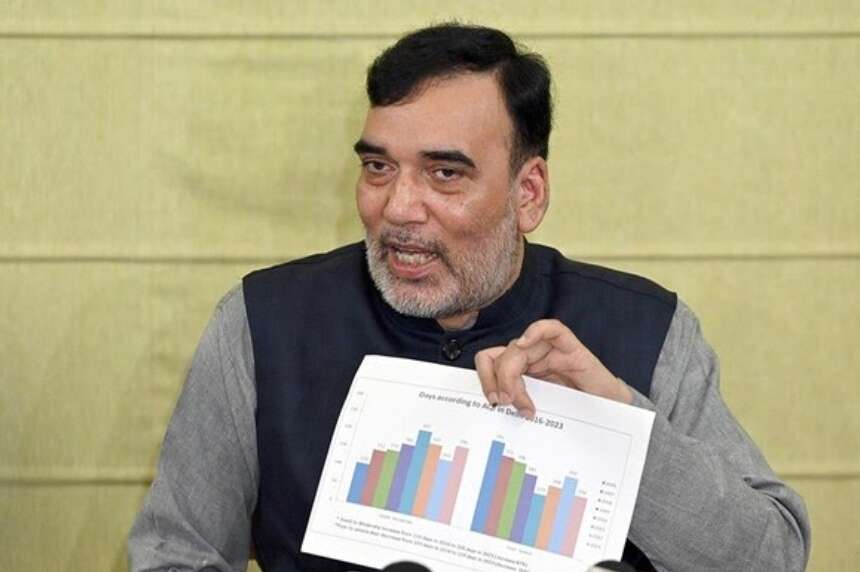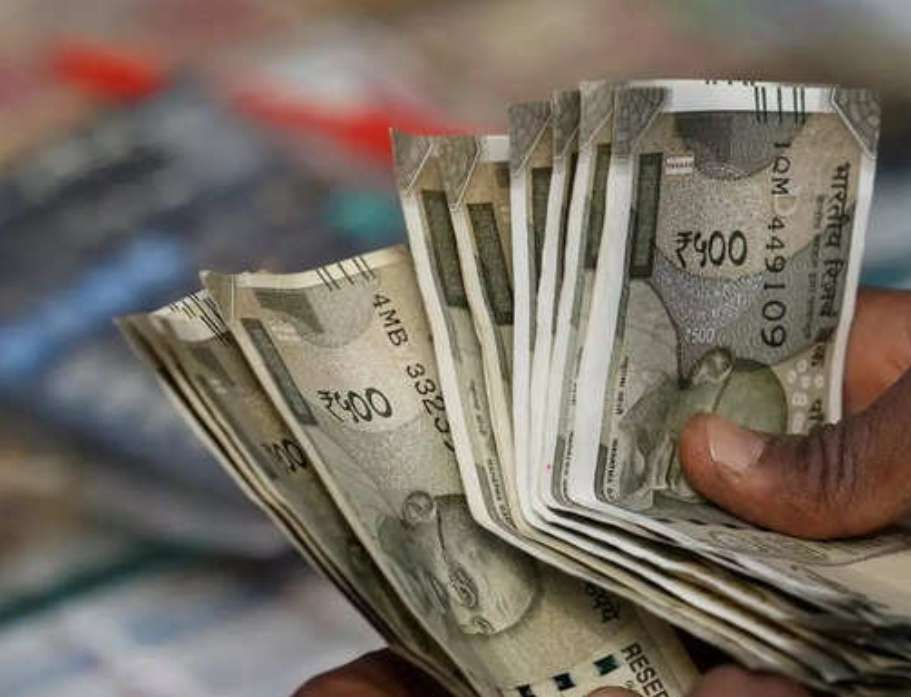Bollywood is the Hindi-language movie trade in Mumbai (previously Bombay), India. The biggest of the Indian movie industries, Bollywood (the phrase is a portmanteau of “Bombay” and “Hollywood”) makes up a majority of the movies produced in India, although numerous movies are made in regional languages together with Bengali, Tamil (nicknamed Kollywood), and Telugu (Tollywood). The Indian movie trade is the biggest movie trade on the planet when it comes to variety of movies launched per 12 months with 1,500 to 2,000 motion pictures launched a 12 months throughout twenty languages.
Bollywood, a portmanteau of “Bombay” (now Mumbai) and “Hollywood,” refers back to the Hindi-language movie trade primarily based in Mumbai, India. It stands as one of many largest facilities of movie manufacturing globally, producing quite a few movies yearly and fascinating audiences worldwide.
Origins and Early Developments
The inception of Indian cinema dates again to 1899 when Sakharam Bhatavdekar filmed a wrestling match in Mumbai, marking one of many earliest movement photos in India. Nonetheless, the inspiration of Bollywood is usually attributed to Dadasaheb Phalke’s “Raja Harishchandra” in 1913, acknowledged as India’s first full-length function movie.
The Creation of Sound and Shade
The transition to sound revolutionized Indian cinema with the discharge of “Alam Ara” in 1931, the nation’s first talkie, which featured seven songs and set a precedent for music in Bollywood movies. The introduction of colour adopted in 1937 with Ardeshir Irani’s “Kisan Kanya,” marking one other important milestone.
The Golden Age (Nineteen Forties–Sixties)
Publish-independence, Bollywood skilled a golden period characterised by movies that addressed social points and the human situation. Notable works from this era embody “Neecha Nagar” (1946), “Do Bigha Zamin” (1953), and “Mom India” (1957), which garnered worldwide acclaim and showcased the depth of Indian storytelling.
The Rise of Masala Movies (Nineteen Seventies–Eighties)
The Nineteen Seventies noticed the emergence of “masala” movies—a mix of varied genres similar to motion, comedy, romance, and drama. This era additionally launched the “indignant younger man” persona, epitomized by Amitabh Bachchan in movies like “Zanjeer” (1973), reflecting societal frustrations and aspirations.
World Recognition and Modern Period
In current many years, Bollywood has gained worldwide recognition, with movies like “Lagaan” (2001) and “Slumdog Millionaire” (2008) receiving world accolades. The trade continues to evolve, embracing numerous narratives, superior applied sciences, and a fusion of conventional and trendy storytelling methods, solidifying its place in world cinema.









